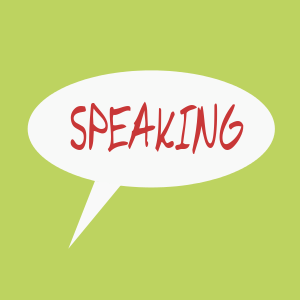
When you’re talking to someone, there are times when you want to offer something, even if it’s just a little bit of help. In this post I’ll give you three different ways to make offers and examples that include ways to accept or decline them.
Easy offers
The three basic ways to make offers I’ll show you today are:
- Shall I ~ ?
- Would you like me to~ ?
- Can I ~ for you?
Shall I ~ ?
‘Shall I’ is really casual and you should use it to make offers that are not difficult for you.
Shall I put the kettle on?
Yeah, go on. That’d be lovely.
‘Put the kettle on’ means boil water for tea or coffee.
Shall I pick you up at seven to go to the party?
No, you’re all right. I don’t want you to go out of your way. I’ll meet you there at half past seven.
‘Pick you up’ means arrive somewhere to take someone to a different place, usually by car.
Would you like me to~ ?
Use ‘would you like me to’ for slightly formal offers. It’s good for talking to bosses or important people (hosts, partner’s parents, etc.).
Would you like me to make some tea?
Yes, please. That would be nice.
Would you like me to pick you up at seven to go to the party?
No, don’t worry about it. I don’t want to put you out. I’ll meet you there at half-past seven
Can I ~ for you?
Use ‘can I’ questions to make very casual offers by adding a verb phrase and ‘for you’.
Can I put the kettle on for you?
No, thanks. I’ve just had a cuppa.
Can I carry those boxes for you? They look heavy.
Yeah, great. Thanks very much.
You can’t say ‘Can I pick you up for you?’ because the ‘you’ already says who you are offering to pick up. Instead, use this:
Can I pick you up at seven for the party?
No, it’s OK. I’ll meet you there.
